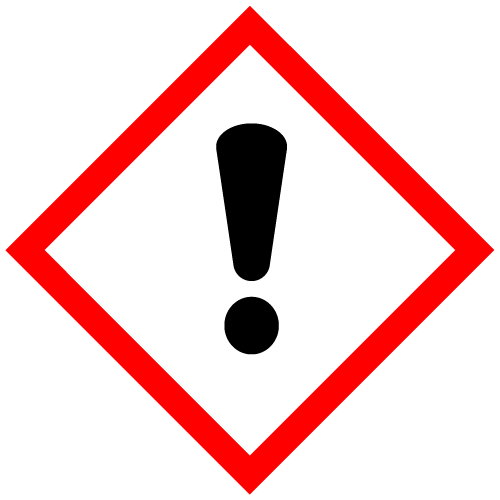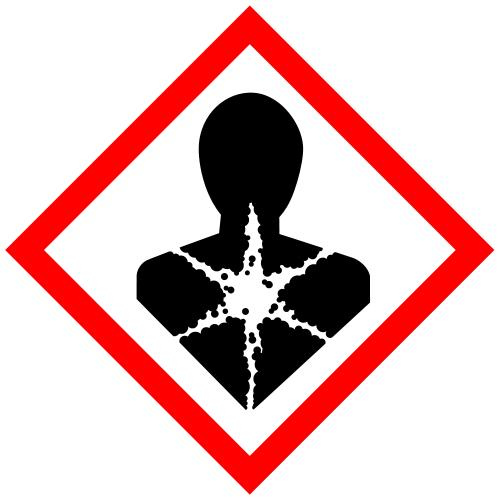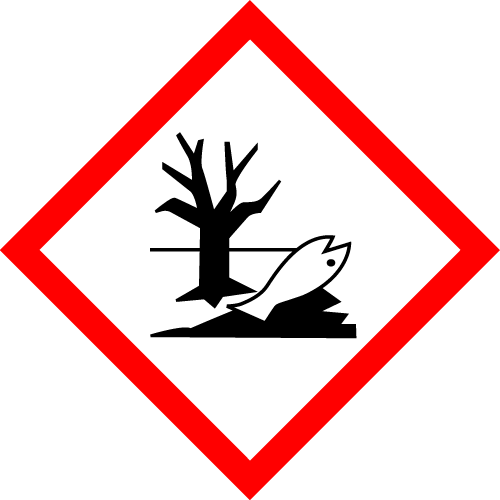Lead White 4 oz vol
Lead White is the most important of all the white pigments–basic carbonate of lead. Rublev Colours Lead White is made by a modern process yielding a finely divided powder of high purity.
IMPORTANT NOTICE
According to the German Chemical Prohibition Ordinance, this item can only be sold to professional users, resellers, or research institutions. Please fill out the Chemical Prohibition Ordinance form and return it to Natural Pigments by email, together with any documents that may be required. We will process your order as soon as we have received the documents.
Download the form here: German Chemical Prohibition Ordinance
Lead White is made by a modern process yielding a finely divided powder of high purity. Rublev Colours Stack Lead White is made according to the sixteenth century Dutch stack process. The difference between lead white made according to modern practice and that made by the Dutch stack process is the size and shape of the pigment particles. The Dutch stack process yields a pigment with larger particles with more variance in size and shape. This difference affects the oil absorption ratio of the pigment, its opacity and consistency in paint. Both forms of basic carbonate of lead usually contain about 70% of lead carbonate and 30% lead hydrate.
Although lead carbonate occurs in nature as the mineral, cerussite, it has not been an important source of white pigment in painting history.
| Pigment Names | |||||||
| Common Names: | English: lead white (white lead) French: blanc de plomb German: Bleiweiss Italian: bianco (biacca) di plombo Spanish: plomo blanca | ||||||
| Synonyms: | Basic white lead, Berlin white, bis[carbonato (2-)] dihydroxytrilead, Bleiweiss, cerrussa, cerusa, ceruse, cerussa, Cremnitz white, Crems white, dibasic lead carbonate, flake lead, flake white, Kremnitz white, Krems white, lead carbonate, lead carbonate hydroxide, lead subcarbonate, Nottingham white, pigment white, silver white, slate white, Vienna white, white lead | ||||||
| Nomenclature: |
| ||||||
| Pigment Information | |
| Color: | White |
| Pigment Classification: | Synthetic Inorganic |
| Colour Index: | Pigment White 1 |
| Chemical Name: | Basic Lead Carbonate |
| Chemical Formula: | 2PbCO3 Pb(OH)2 |
| CAS No.: | 1319-46-6 |
| Series No.: | 4 |
| ASTM Lightfastness | |
| Acrylic: | I |
| Oil: | I |
| Watercolor: | Not Listed |
| Physical Properties | |
| Particle Size (mean): | 3 microns |
| Density: | 6.582 g/cm3 |
| Hardness: | 3.0–3.5 |
| Refractive Index: | nα=1.803 nβ=2.074 nγ=2.076 |
| Oil Absorption: | 9 grams oil / 100 grams pigment |
| Health and Safety | DANGER! CONTAINS LEAD. HARMFUL IF SWALLOWED. Avoid ingestion and skin contact. Wear protective clothing and gloves to prevent contact with skin. Never use near children or pets. Conforms to ASTM D 4236. DANGER CONTAINS LEAD / CONTIENT DU PLOMB DO NOT APPLY TO SURFACES ACCESSIBLE TO CHILDREN OR PREGNANT WOMEN. NE PAS APPLIQUER SUR UNE SURFACE ACCESSIBLE AUX ENFANTS OU AUX FEMMES ENCEINTES. Must be used exclusively as material for the purposes of arts, crafts or hobbies, not for use by children. Utiliser uniquement aux fins suivantes comme matériaux pour les besoins d'art, d'artisanat ou passe-temps, pas pour une utilisation par les enfants. Always protect yourself against chronic hazards of this and other chemical products by keeping them out of your body. Do this by avoiding ingestion, excessive skin contact, and inhalation of spraying mists, sanding dusts and vapors from heating. |
For a detailed explanation of the terms in the table above, please visit Composition and Permanence.
Origin and History
Lead white is the most important of all lead pigments. Not overlooking special uses of lime white in wall painting, it is safe to say that, historically, it is the most important of all white pigments. It was the only white pigment used in European easel painting until the nineteenth century. It has been produced since early historical times. Theophrastus, Pliny, and Vitruvius all described its preparation from metallic lead and vinegar. It is one of the oldest synthetically produced pigments.
Source
There are numerous methods for making lead white. Our lead white is made according to the "quick method" yielding a bright white, finely-divided powdered of high purity.
Permanence and Compatibility
The use of lead white in oil painting offers many advantages over all other white pigments in that it stabilizes the dried oil paint film. It can be used with aqueous media such as acrylics, egg tempera, gum arabic (watercolor) and animal glue (distemper). However, in watercolor and distemper it may darken in sulfur-bearing air pollution, such as hydrogen sulfide. It can also be used in encaustic (wax) technique, but does not appear to perform well in true fresco technique.
Despite lead white being a carbonate, and hence sensitive to acids, it has an excellent record for permanence. It is unaffected by light. When applied in watercolor technique, however, traces of hydrogen sulfide in the air may cause it to turn black. Although lead white is theoretically incompatible with sulfide pigments, and should form black lead sulfide in contact with them, no examples are readily known. There might be some doubt, however, about mixing orpiment and realgar with lead white, although some identified cases show no discoloration.
Oil Absorption and Grinding
A special feature of lead white is its low oil-absorption rate. According to some it requires only 9 to 12 grams of oil to make a workable paste with 100 grams of lead white.
Toxicity
Lead white is toxic if inhaled as a dust or if ingested. Grinding and making the pigment into paint is hazardous and the sale of lead compounds in several countries has been prohibited. Painters may suffer from "painters' colic" or "plumbism" if they are careless in using it. Extreme care should be used in handling the dry powder pigment so as not to inhale the dust. Do not smoke, eat or drink while using the pigment in any form, including in a paint binder.
For more information on how to handle pigments safely, please visit How to Safely Handle Art Materials and Pigments.
| SKU | 475-1510 |
|---|---|
| Brand | Rublev Colours |
| Vendor | Rublev Colours |
| Processing Time | Usually ships the next business day. |
| Size | 4 oz vol jar |
| Color | White |
DANGER! CONTAINS LEAD. HARMFUL IF SWALLOWED. Avoid ingestion and skin contact. Wear protective clothing and gloves to prevent contact with skin. Never use near children or pets. Read the SDS for all cautionary statements. Conforms to ASTM D 4236.
DANGER
CONTAINS LEAD / CONTIENT DU PLOMB
DO NOT APPLY TO SURFACES ACCESSIBLE TO CHILDREN OR PREGNANT WOMEN.
NE PAS APPLIQUER SUR UNE SURFACE ACCESSIBLE AUX ENFANTS OU AUX FEMMES ENCEINTES.
Must be used exclusively as material for the purposes of arts, crafts or hobbies, not for use by children. Utiliser uniquement aux fins suivantes comme matériaux pour les besoins d’art, d’artisanat ou passe-temps, pas pour une utilisation par les enfants.
Hazard Pictograms
 |  |  |
| GHS07: Exclamation Mark | GHS08-2: Health Hazard | GHS09: Environment |
Signal Word: Danger
Hazard Designation
H302 Harmful if swallowed.
H332 Harmful if inhaled.
H360 May damage fertility or the unborn child.
H373 May cause damage to organs through prolonged or repeated exposure.
H410 Very toxic to aquatic life with long lasting effects.
Safety Designation
P260 Do not breathe dust/fume/gas/mist/vapors/spray.
P261 Avoid breathing dust/ fume/ gas/ mist/ vapors/ spray.
P280 Wear protective gloves/ clothing/ eye/ face protection.
P281 Use personal protective equipment as required.
P405 Store locked up.
P501 Dispose of contents/ container according to regional, national and international regulations.





